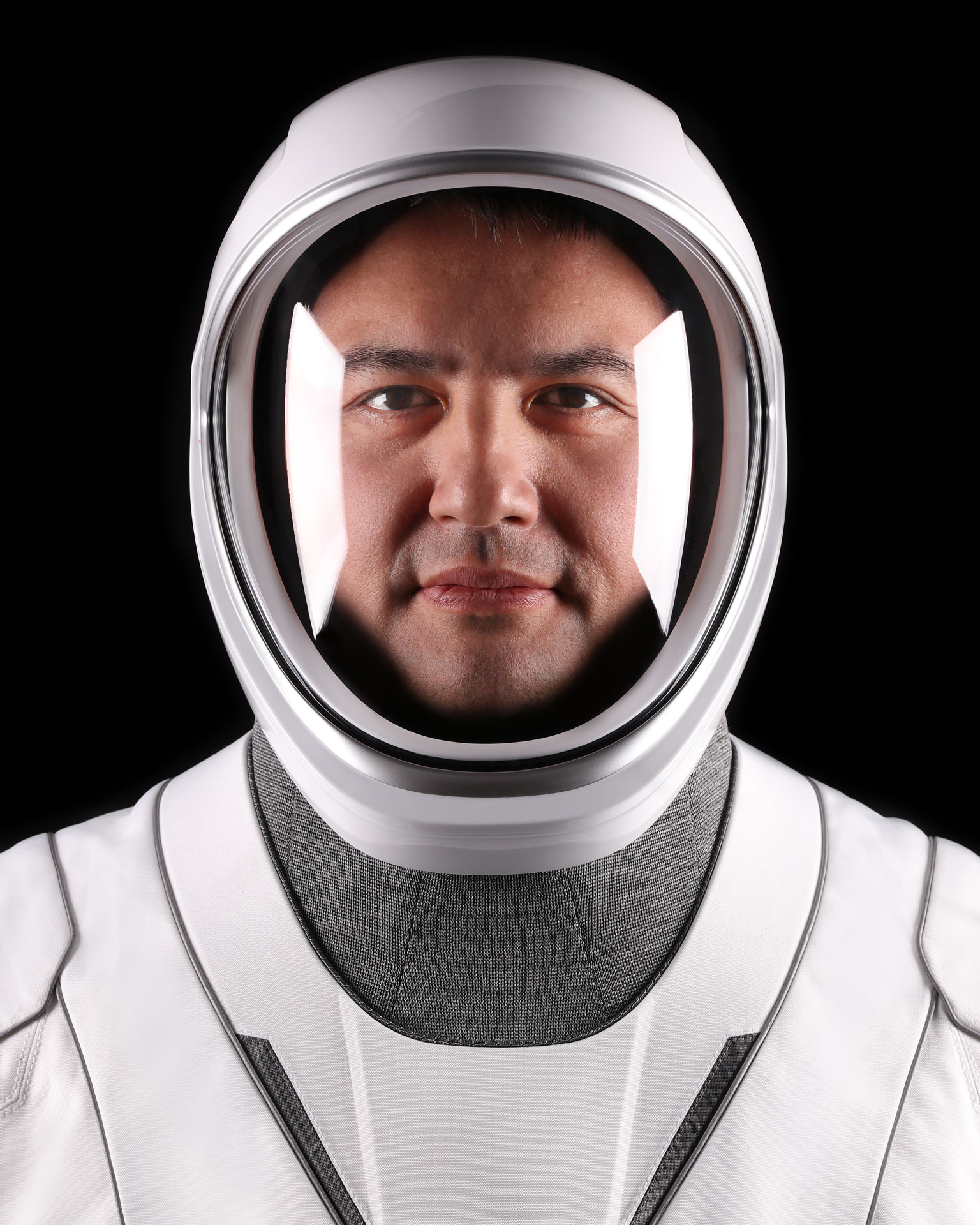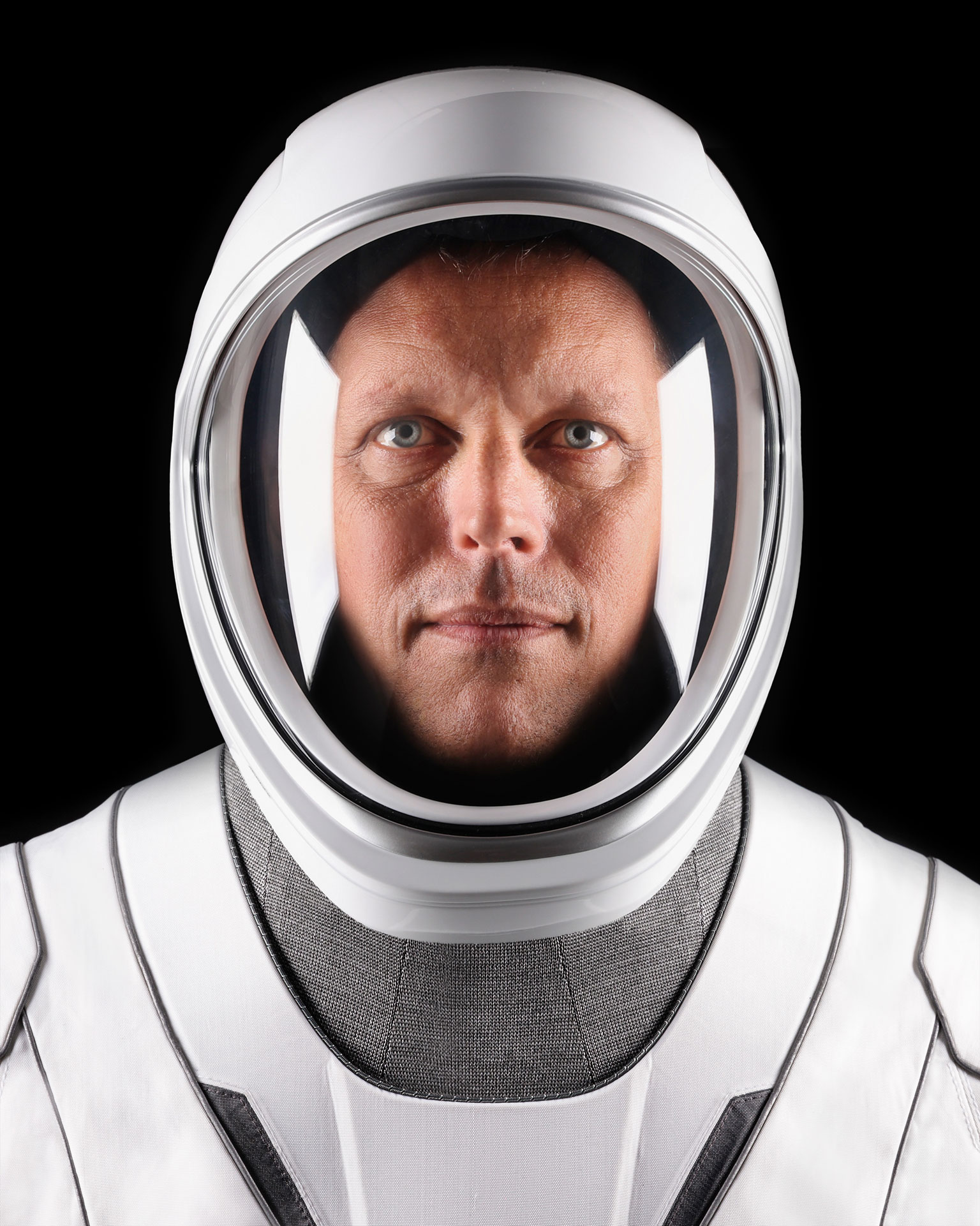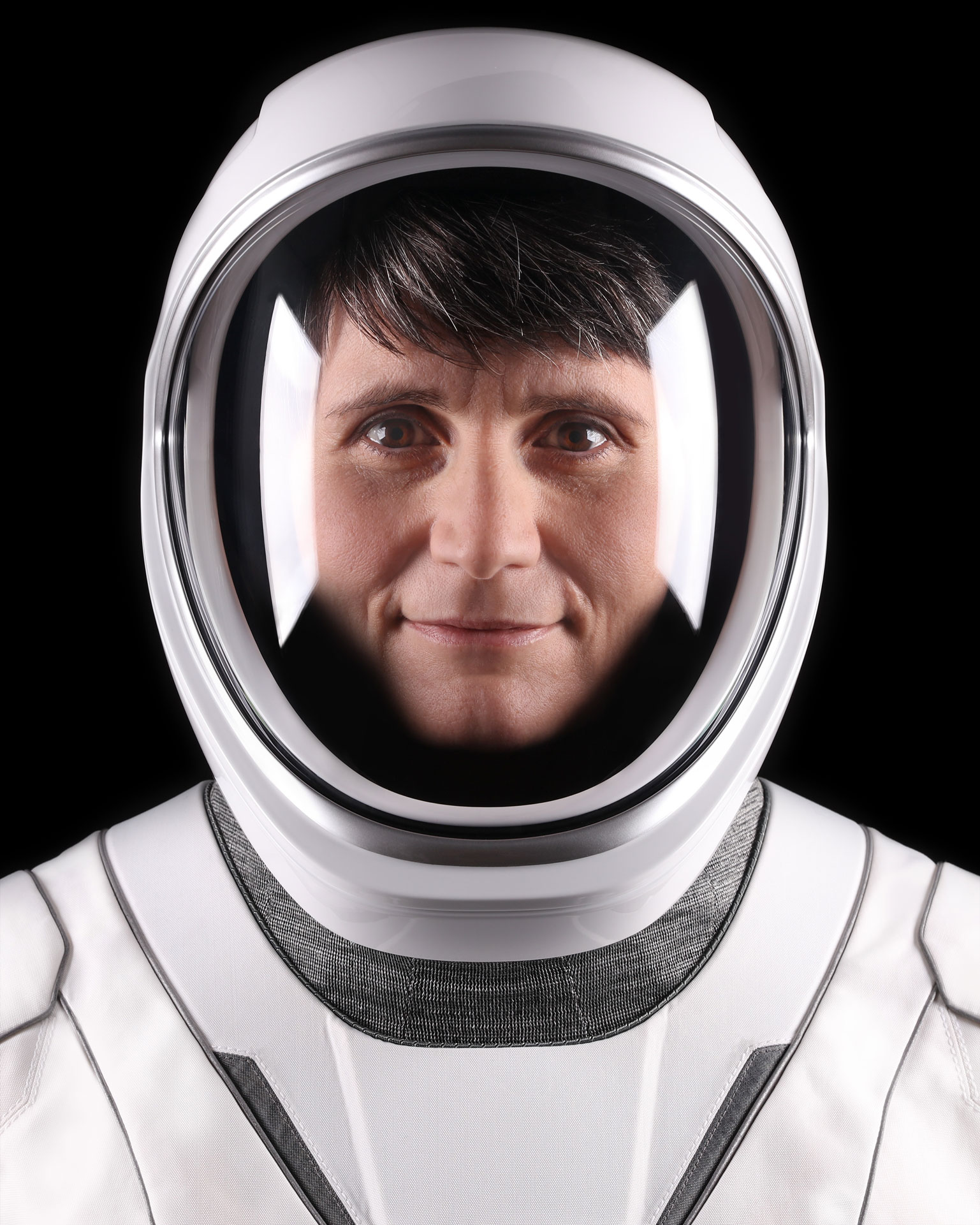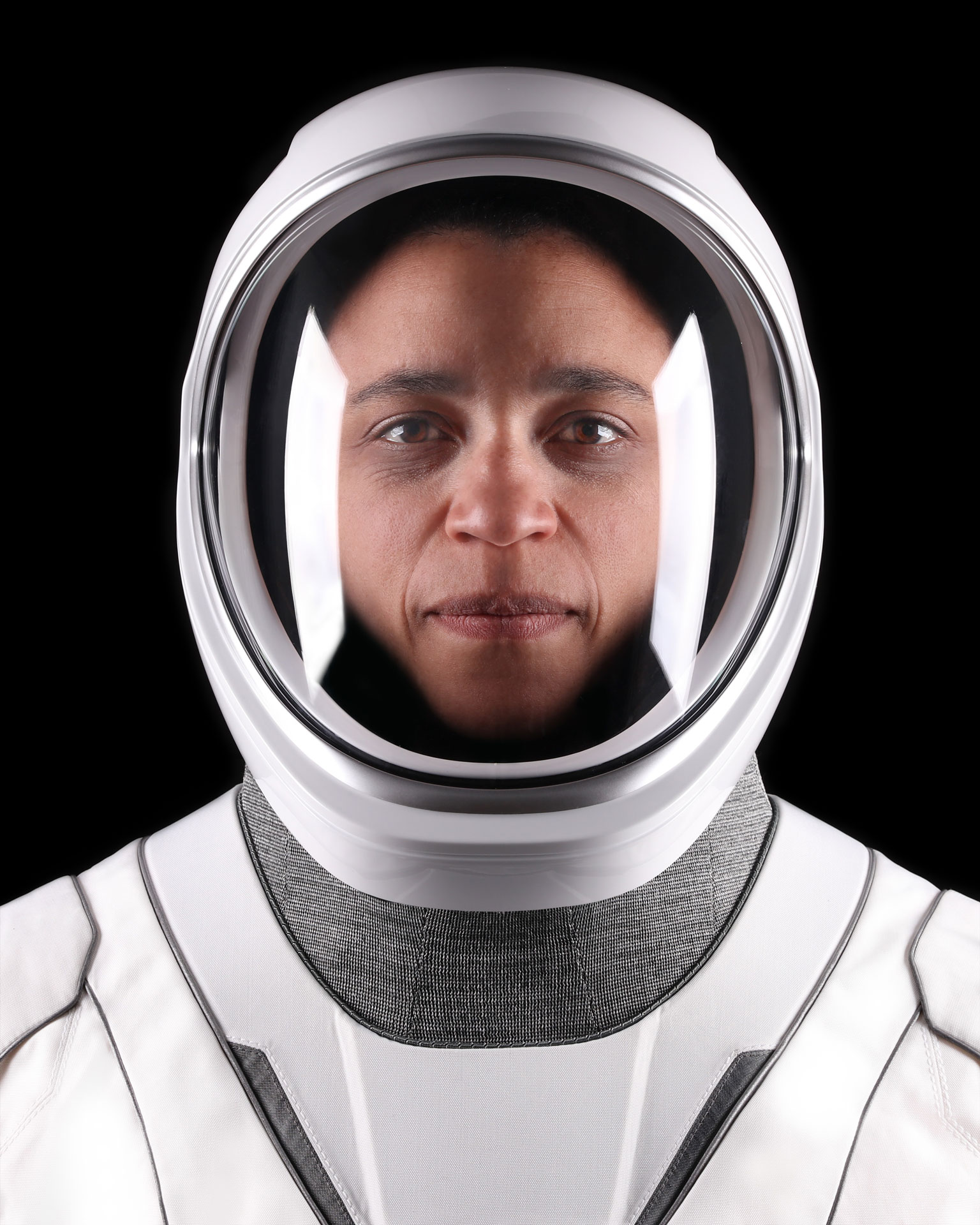On Wednesday, April 27 at 7:37 p.m. ET, Dragon autonomously docked with the International Space Station. Falcon 9 launched the spacecraft to orbit from Launch Complex 39A at NASA’s Kennedy Space Center in Florida approximately 16 hours earlier at 3:52 a.m. ET.
During their time at the orbiting laboratory, the Crew-4 astronauts will conduct over 200 science experiments in areas such as materials science, health technologies, and plant science to prepare for human exploration beyond low-Earth orbit and benefit life on Earth. Dragon and the Crew-4 astronauts will depart the station and return to Earth no earlier than September 2022.
Mission
To The space station
On its flight to the International Space Station, Dragon executed a series of burns that positioned the vehicle progressively closer to the station before it performed final docking maneuvers, followed by pressurization of the vestibule, hatch opening, and crew ingress.
Falcon 9’s first stage lofts Dragon to orbit. Falcon 9’s first and second stage separate. Second stage accelerates Dragon to orbital velocity.
Dragon separates from Falcon 9’s second stage and performs initial orbit activation and checkouts of propulsion, life support, and thermal control systems.
Dragon performs delta-velocity orbit raising maneuvers to catch up with the International Space Station.
Dragon establishes a communication link with the International Space Station and performs its final orbit raising delta-velocity burn.
Dragon establishes relative navigation to the International Space Station and arrives along the docking axis, initiating an autonomous approach.
Dragon performs final approach and docks with the International Space Station, followed by pressurization, hatch open, and crew ingress.




